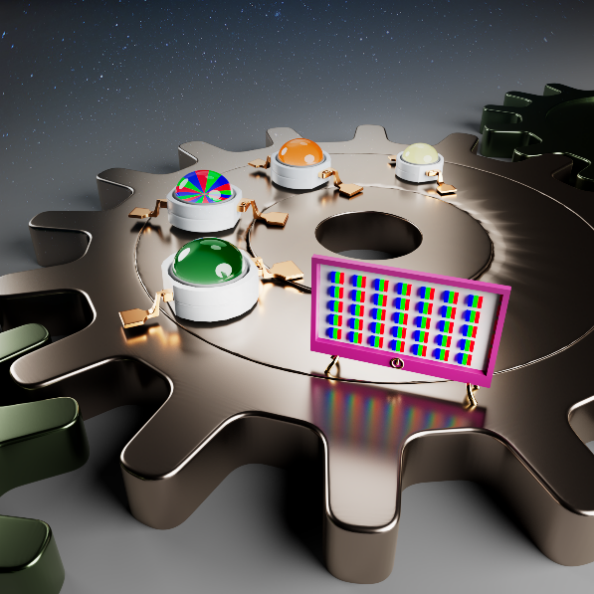▎Achievements
Evolutionary Generation of Phosphor Materials and Their Progress in Future Applications for Light-Emitting Diodes
Share:

A schematic diagram of milestones in the development of phosphor materials. The demand for LED devices starts from basic white light lighting systems and high color rendering lighting systems, eventually moving towards high-quality backlight systems and high-end applications.
In recent years, the technology related to light-emitting diodes (LEDs) has attracted worldwide attention. As a key light conversion material in LED devices, phosphor materials play a vital role in the development of LED components. During the last several decades, the requirements for phosphor materials have become ever more stringent, from the initial pursuit of high brightness to narrow-band emission and eventually spectral regulation engineering that contributes to different functions. Although substantial progress has been made in the development of phosphor materials, the need to meet all the requirements of high-end applications remains highly challenging. Therefore, understanding the principles of past phosphor design is an important cornerstone for the continuing development of novel phosphor materials.
Recently, the team of Distinguished Professor Ru-Shi Liu of NTU’s Department of Chemistry published a review on the evolution of phosphor materials and their applications in light-emitting diodes in order to clarify the history of phosphors, the design principles, and the future of phosphor crystal structures.
At first, the development goal of LED was to meet the basic needs of everyday life, as in a high-efficiency source for emitting white light. Therefore, the first-generation phosphor was aimed at achieving high brightness and efficiency. Afterward, people sought a better LED light source, namely, one that could accurately display colors. High-quality video systems came next, as well as backlight devices. Besides the aforementioned requirements for phosphors, there was also the pursuit of narrow-band emission based on the control of crystal structure, as well as research and development of narrow-band emission phosphor materials.
This review provides a complete introduction to the past development of phosphors and explains the key mechanisms of phosphor research and development, which will contribute to the future development of novel phosphors.

Encapsulated light-emitting diodes converted from different generations of phosphor materials.

